When the Great East Japan Earthquake devastated Tohoku, Northeastern Japan in March 2011, there was a movement of relief efforts from all over the world. After this out pouring of effort the process of long-term recovery had begun and many non-profit organizations and individuals physically went to the affected areas and established relief projects. A number of complicated problems arose in the process; depopulated shuttered shopping streets while in a single franchised mall for the whole region there was overpopulation, social withdrawal, higher suicide rates, autism and other disabled persons in temporary housings, to name a few of the most glaring issues. However the international attention and support slowly started weathering into decline much faster than the recovery constructions and healing process. I also spent months there conducting trauma release art workshops at the coastal areas and met with Chie Kajiwara, an active and passionate local art teacher from Onagawa, one of the towns most affected by the disaster. A year after at the end of March in 2012, large amounts of relief supplies were still filling up local school gymnasiums as surplus and were soon to be discarded. That exposed the difficulty of balancing support from outside with actual local needs. It seemed to me that two-way communication was an absolute necessity. Chie and I saved used Japanese elementary school backpacks from the excess surplus. There is a custom of using a uniformed backpack for the entire six elementary school years in Japan. The backpack is a metaphor for affection, learning and childhood memories; everyone in Japan has experience wearing it. We commissioned Canadian artists and then Japanese artists to transform the backpacks into artworks, and traveled with them back to the affected areas in order to bridge communities through a therapeutic art experience while preserving the connection to the original relief effort. This was the origin of the Field Trip Project.
The first exhibition at the Onagawa temporary housing was curated by affected local children. The children probably did not take it as an art exhibit, however, they interacted freely with big smiles on their faces. During the two weeks period, the exhibit slowly became the children’s temporary playground, which they had lost completely by tsunami. It also became a meeting place for residents of all age groups to come out from their small rooms divided by thin walls from their new neighbors. The residents interacted with the artworks without knowing what they were at all, however this whimsical experience functioned as everyone’s commonplace. They were all desperate for a colorful space to release their emotions as their frustration was peaking. The project has since traveled to about twenty destinations in Japan. Instead of having serious in depth conversations about the disaster, we shared unique local issues at each destination. Wearing the artworks gave people a chance to share memories and we had rather light and possibly sustainable introductory dialogues about environmental and natural disasters.
Past Destinations
Onagawa temporary housing, Birdo Flugas (Shiogama), Minamimachi cadocco (Kesennuma), Echigo Tsumari Triennale (guerilla exhibit, Nigata), TOKYO SOURCE preview room, Kofu Art Festival, Hiyori Art Center (Ishinomaki), Sagami Kazekko Children’s Outdoor Art Festival/Joshibi University Art Museum (Sagamihara), Sakuradai Elementary School Museum (Sagamihara), Maebashi Children’s Cultural Centre, Seishin Kindrgarten (Maebashi), Roppongi Art Night (Tokyo), Enokojima Art, Culture and Creative Center Osaka Prefecture, Onagawa Art Season, Kamiyama Artist In Residence (Tokushima) , Cloud Museum (Nagoya), the Prince takamado Gallery at the Embassy of Canada in Japan, Idea Exchange/Design at Riverside (Cambridge, Canada), the Maritime Museum of British Columbia (Victoria, Canada), Textile Museum of Canada (2016, Toronto, Canada)
Participating artists from Canada since Summer 2012
Aleksandra Rdest, Alex McLeod + Krystle Tabujara, Annie Onyi Cheung, Atanas Bozdarov, Brett Despotovich, Camilla Singh, David Trautrimas, Dean Baldwin, Derek Liddington, Diane Borsato, Douglas Walker,Dyan Marie, Emelie Chhangur, Fiona Smyth, Geoffrey Pugen, Hanna Hur, Jenn E Norton, Jérôme Havre, John McMinn + Melana Janzen, Jon Sasaki, Josh Thorpe, Juliana Pivato, Katie Bethune-Leamen, Marc Ngui + Magda Wojtyra (aka Happy Sleepy), Michael Toke, Miles Collyer, Scott Rogers, Selena Lee, Shannon Cochrane, smfoundtaion (Shinobu Akimoto & Matt Evans), Tanya Read, Tibi Tibi Neuspiel, Tom Ngo, The Doodlers (Christina Chow, Amina Lalor, Stanley Sun, and Joon Yang of the University of Waterloo School of Architecture and Leila Moslemi), XXXX Collective (Shannon Garden-Smith, Corrie Jackson, Emily Smit-Dicks and Polina Teif)
Participating artists from Japan since Summer 2013
Yusuke Asai, Tomoko Inagaki, Ichiro Endo, Yoshiaki Kaihatsu, Masamitsu Katsu, Akitaka Kamijo, Parco Kinoshita, Takayoshi Kitagawa, Chie Koda, Tomoko Konoike, Kotakeman, Kiyoko Sakata, Risa Sato, Michiari Saito, Izumi Sakamoto, Yoshiko Shimada, Tanotaiga, Kyoco Taniyama, Michiko Tsuda, Noboru Tsubaki, Kengo Nakamura, Keijiro Niino, Norio Nishihara, Miwako Hashimoto, Kae Higuchi, Atsushi Fukunaga, Hiroko Masuko, Hiroyiuki Matsukage, Junko Maruyama, Chiharu Mizukawa, Takahide Mizuuchi, Kensuke Miyazaki, Satoshi Murakami, Takashi Murakami, Koichi Watanabe/ Fukushima University

Installation at the town of Onagawa tsunami affected coastal area, Miyagi prefecture, Japan, 2012.
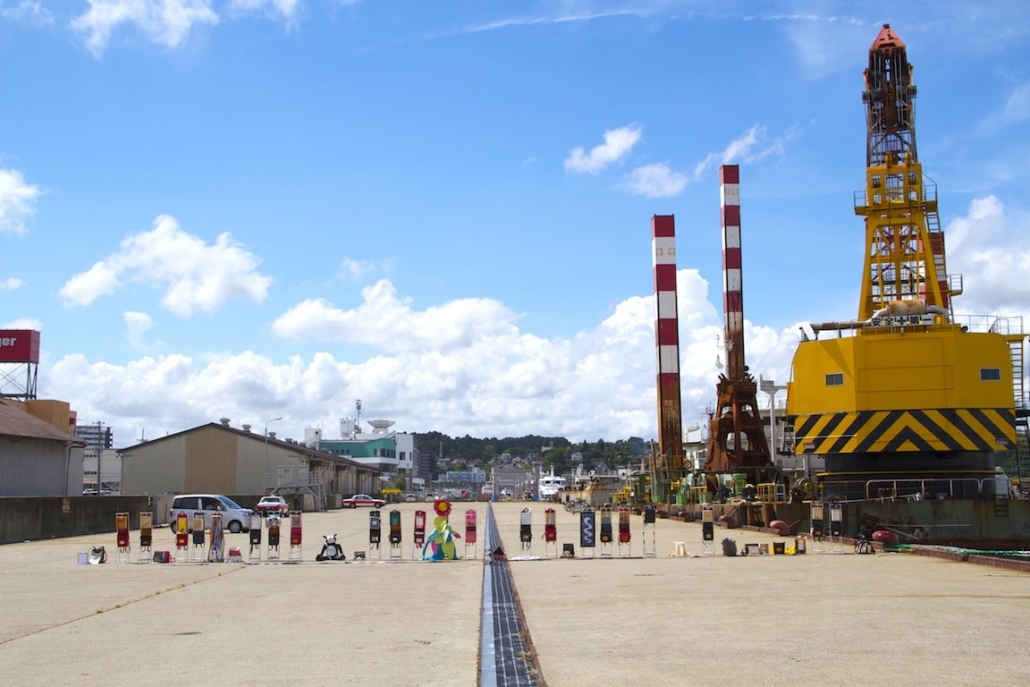
Installation at Shiogama port, Miyagi prefecture, Japan, 2012, co-organized with Birdo Flugas.
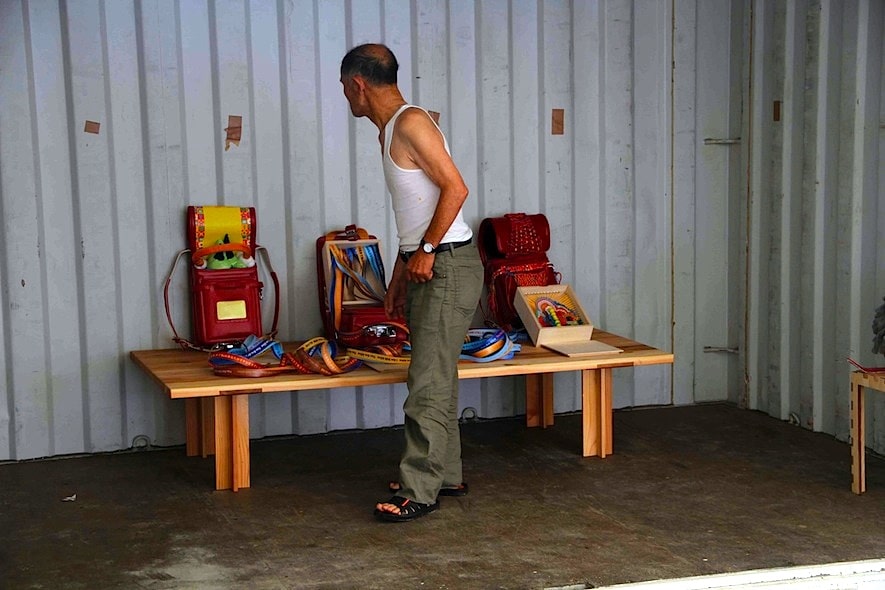
Installation view at Onagawa temporary evacuation housing, Onagawa town, Miyagi prefecture, Japan, 2012.

Field Trip Project walk tour in Kesennuma city, Miyagi prefecture, Japan, 2012, co-organized with Kirakukai.

Field Trip Project workshop at Cadocco in Kesennuma city, Miyagi prefecture, Japan, 2012, co-organized with Kirakukai.

Field Trip Project walk tour in Konohana ward in Osaka, Japan, 2013, made possible by Pola Art Foundation Grant.

Installation view at the Idea Exchange, Cambridge, Ontario, Canada, 2014, made possible by Toyota Canada Foundation Grant. Photo: Peter Ross
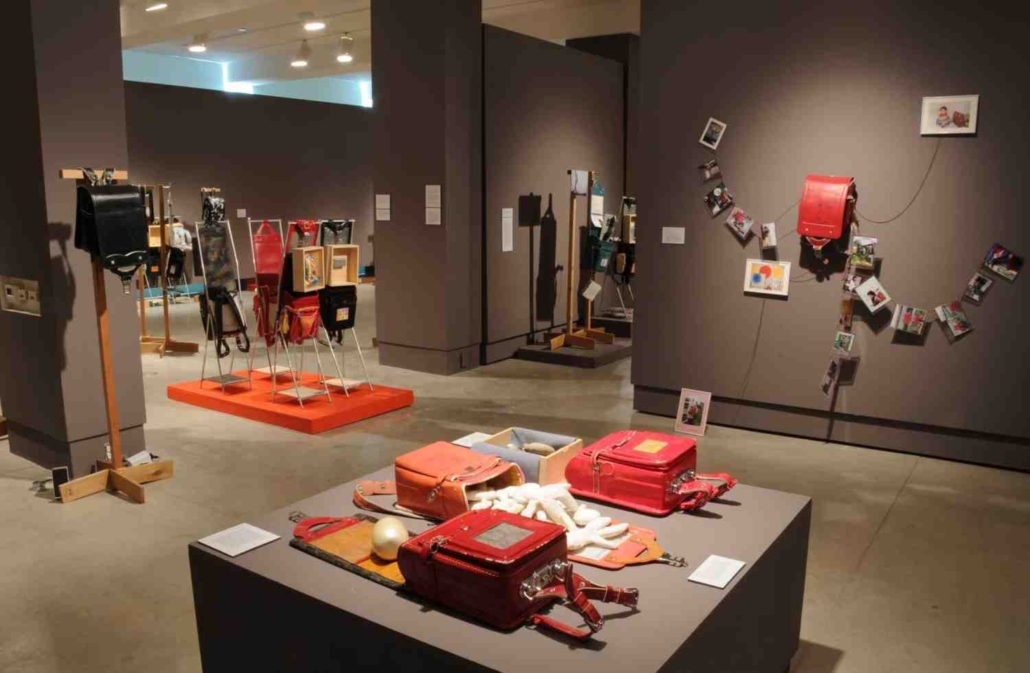
Installation view at the Idea Exchange, Cambridge, Ontario, Canada, 2014, made possible by Toyota Canada Foundation Grant. Photo: Peter Ross
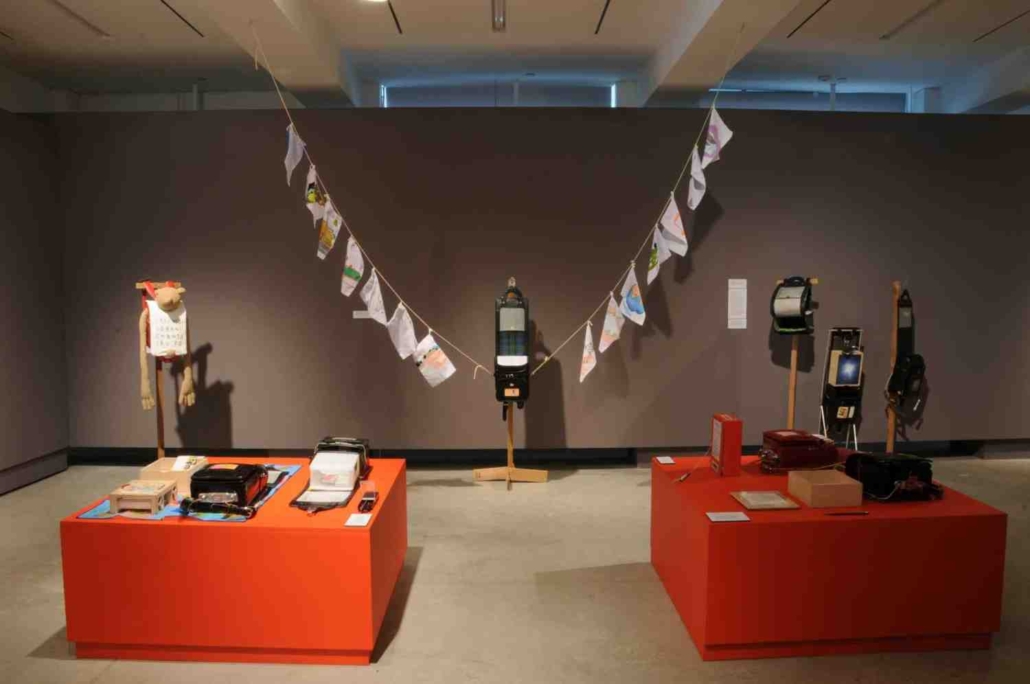
Installation view at the Idea Exchange, Cambridge, Ontario, Canada, 2014, made possible by Toyota Canada Foundation Grant. Photo: Peter Ross
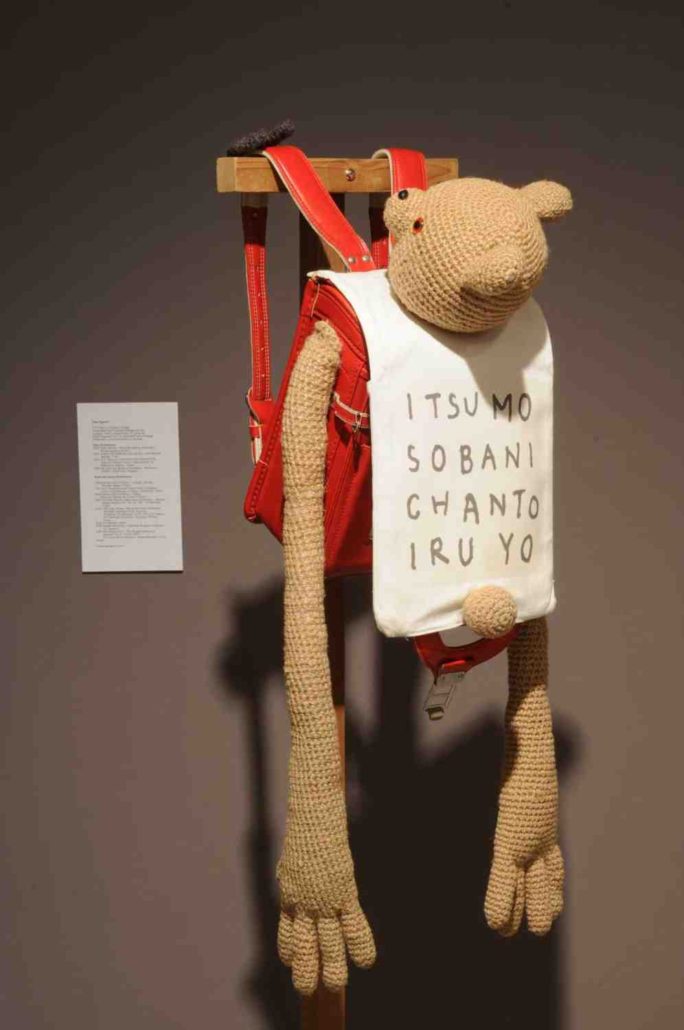
Artwork by Kae Higuchi
Installation at the Idea Exchange, Cambridge, Ontario, Canada, 2014, made possible by Toyota Canada Foundation Grant. Photo: Peter Ross
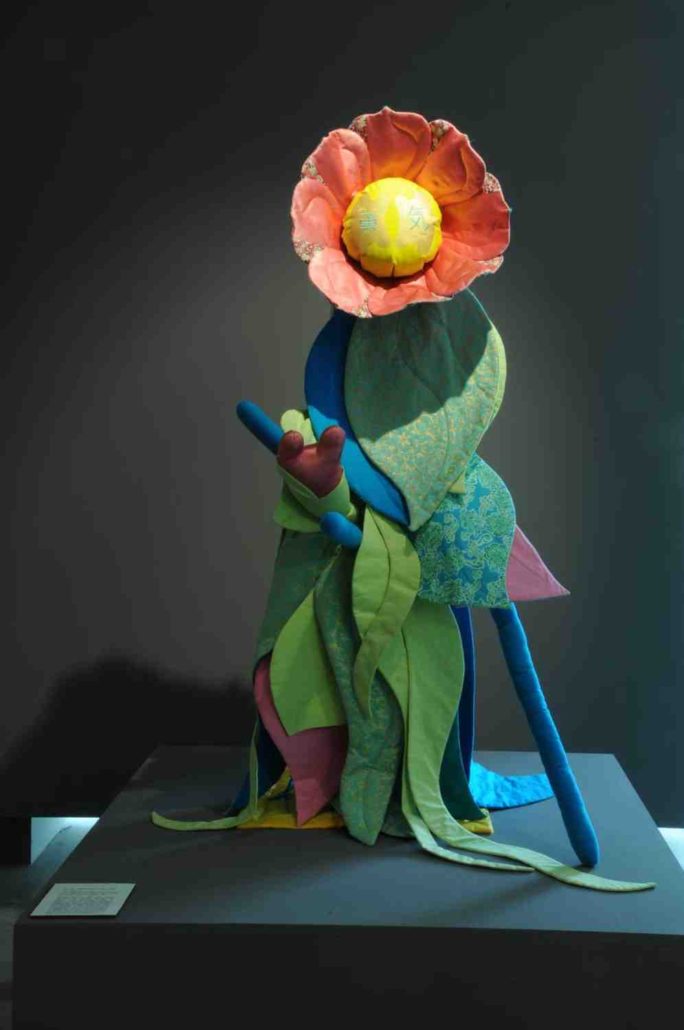
Yuuki flower, 2012 by Magda Wojtyra and Marc Ngui
Installation at the Idea Exchange, Cambridge, Ontario, Canada, 2014, made possible by Toyota Canada Foundation Grant. Photo: Peter Ross
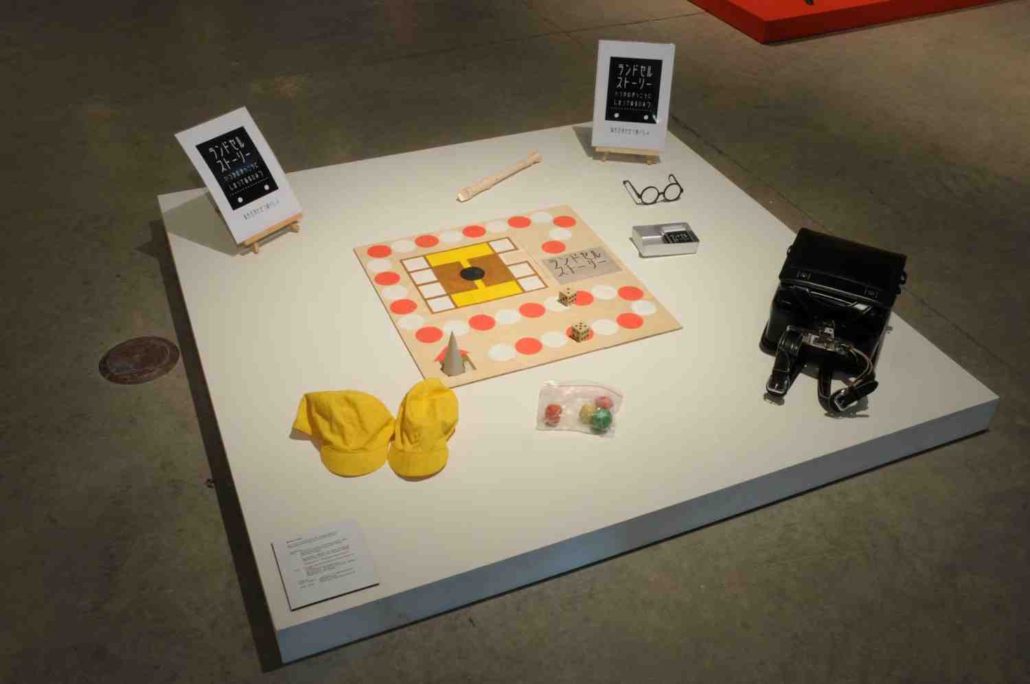
Artwork by Michiari saito
Installationat the Idea Exchange, Cambridge, Ontario, Canada, 2014, made possible by Toyota Canada Foundation Grant. Photo: Peter Ross

Artwork by Kotakeman
Installation at the Idea Exchange, Cambridge, Ontario, Canada, 2014, made possible by Toyota Canada Foundation Grant. Photo: Peter Ross
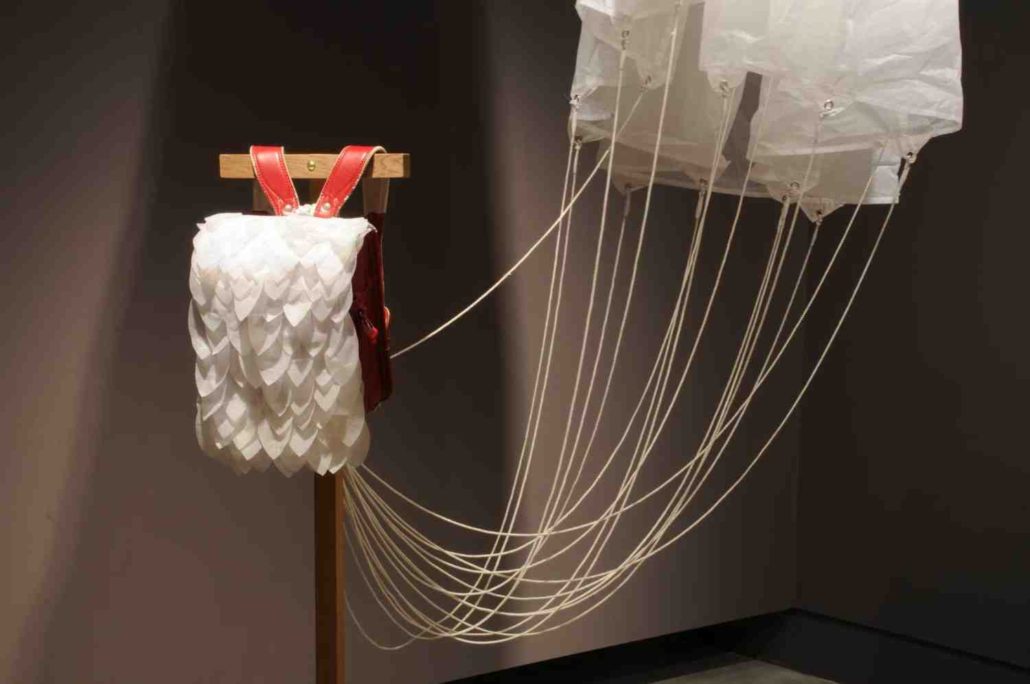
Artwork by Risa Sato
Installation at the Idea Exchange, Cambridge, Ontario, Canada, 2014, made possible by Toyota Canada Foundation Grant. Photo: Peter Ross
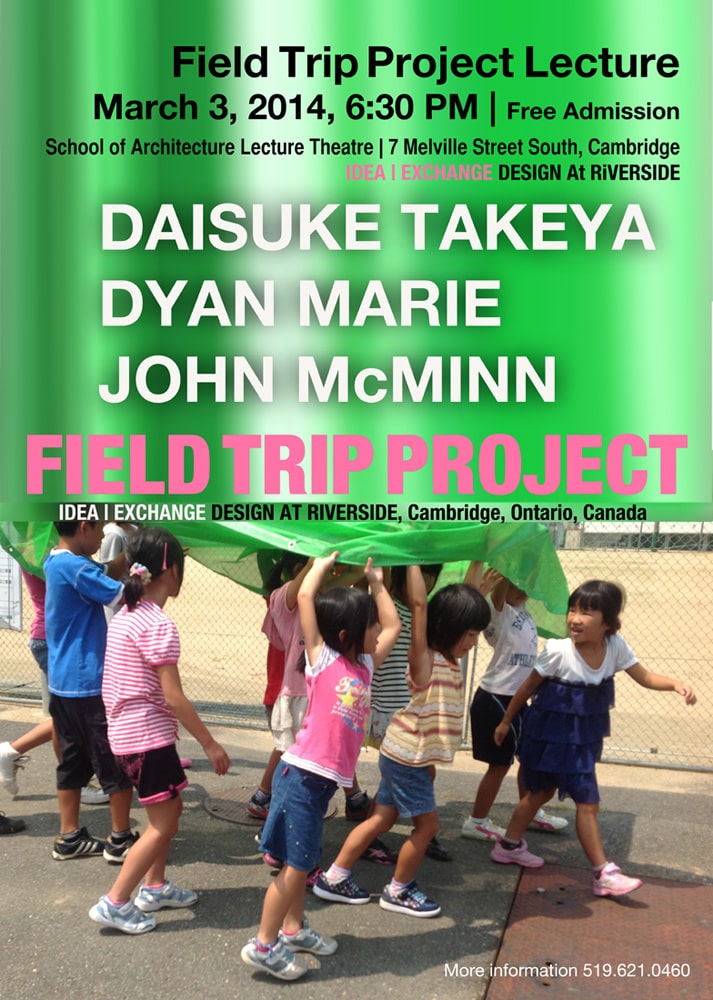
Talk flyer at the Idea Exchange, Cambridge, Ontario, Canada, 2014

"Eutopia," installation view at The Textile Museum of Canada, 2016, curated by Farah Yusuf.
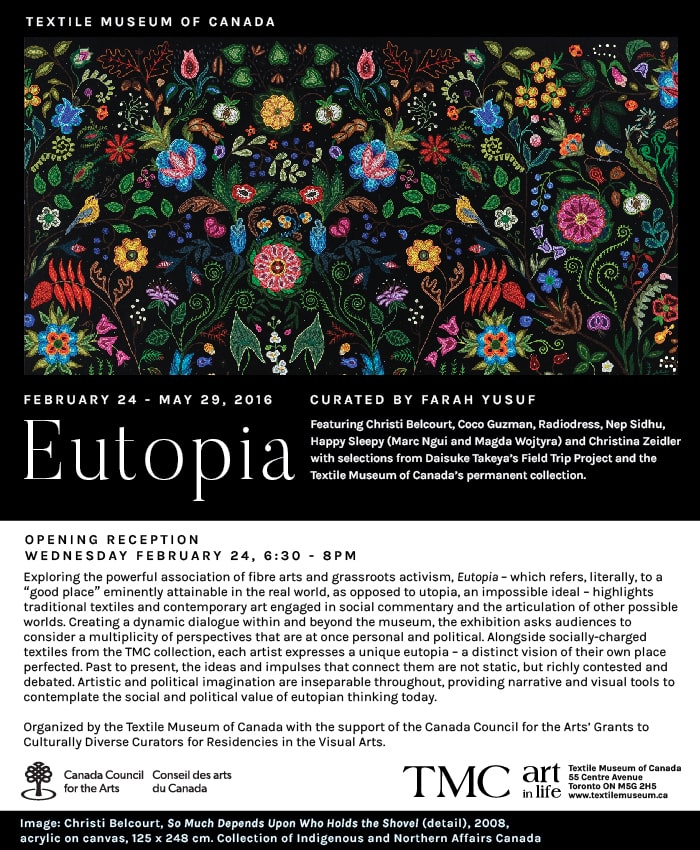
"Eutopia," curated by Farah Yusuf at The Textile Museum of Canada, 2016

Installation view at the Maritime Museum of BC, Canada, 2014, with co-curator Anissa J. Paulsen.

Installation view at the Maritime Museum of BC, Canada, 2014.

Installation view at the Maritime Museum of BC, Canada, 2014.

Installation at the town of Onagawa tsunami affected coastal area, Miyagi prefecture, Japan, 2013. Photo: Yozo Takada